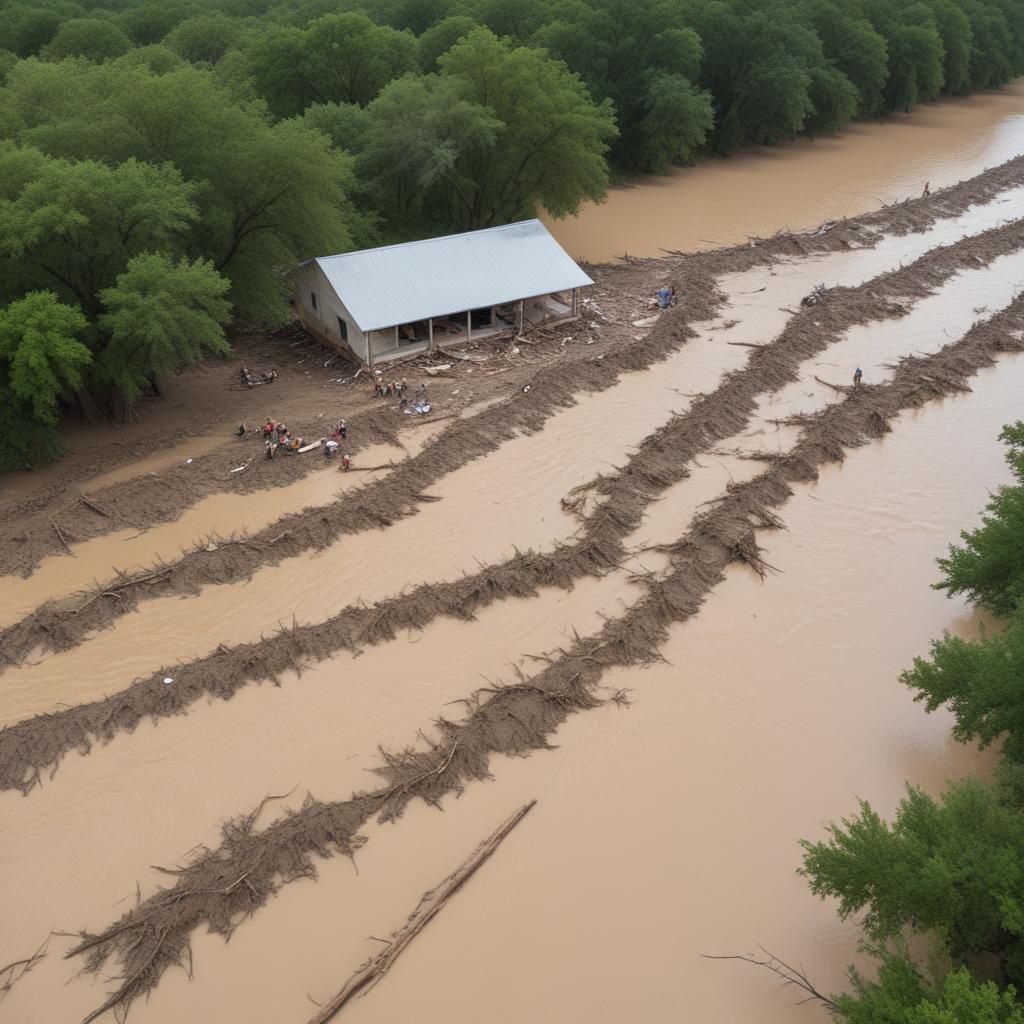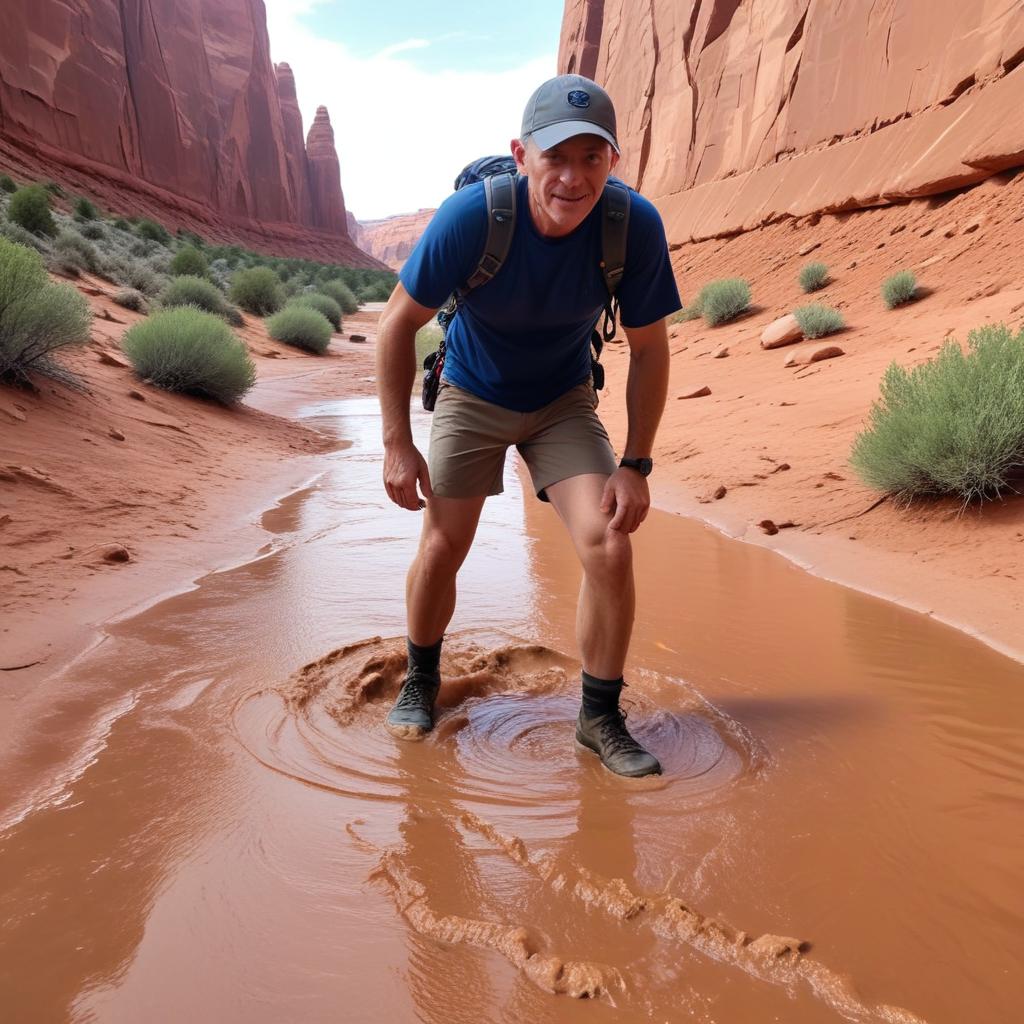The devastating July Fourth flooding in central Texas leaves a grim aftermath, with search teams painstakingly combing through debris for over 100 missing people. The massive undertaking is expected to last for months.
Sixty miles of river, murky waters, thick mud, and insurmountable piles of debris—this is the scene in central Texas following the devastating July Fourth flooding. The search for around 100 missing people is a painstaking and ongoing effort. Images show search teams sifting through debris piles as tall as two stories. The recovery, using hand-sifting and specialized diving techniques, is expected to take months. Over 1,000 local, state, and federal responders, along with thousands of volunteers, work 12-hour shifts with minimal breaks. Teams eat protein- and carb-rich meals to fuel their efforts. The emotional toll is significant, with volunteers experiencing burnout from hours of digging through mud and debris, often finding nothing. Inclement weather has further complicated the search, with volunteers temporarily evacuated due to flash flood warnings. Authorities are exploring the feasibility of draining Nimitz Lake to aid the search. Many debris piles on private property require heavy machinery for removal, and residents are warned not to burn debris due to the potential presence of remains. The search is meticulously documented using a grid system, recording search frequency, assets used, and water levels. One particularly challenging area, dubbed the "suck pile," consists of massive rock and sediment deposits. Search methods include visual inspection, scent detection by dogs, and underwater searches by divers. Safety is paramount, with teams prioritizing their well-being while ensuring thoroughness in the search. Experts predict that the recovery effort could last for months, or even years.



